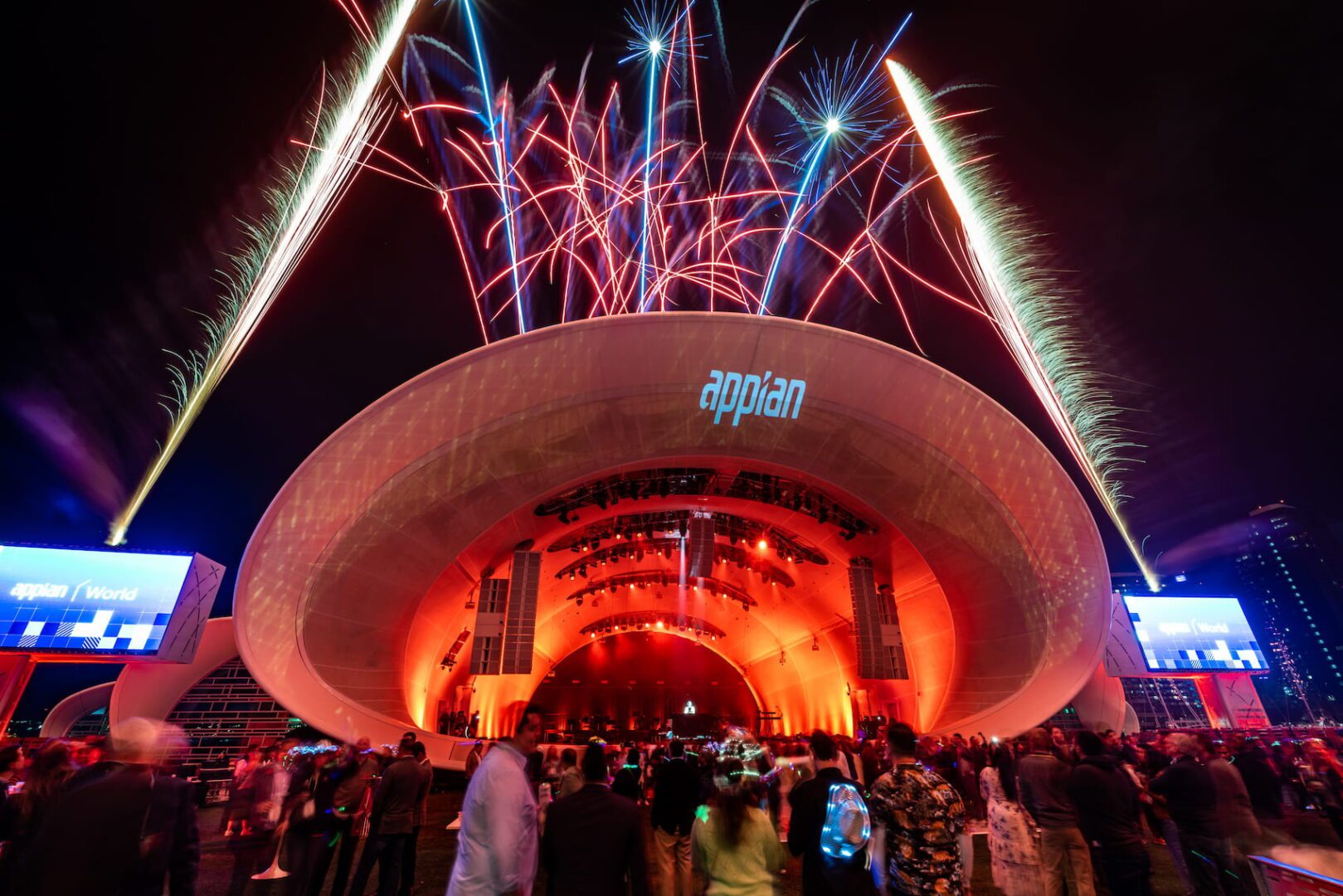Highlighting the Influence of Illumination Methods on the Art of Film Projection Mapping Techniques
Highlighting the Influence of Illumination Methods on the Art of Film Projection Mapping Techniques
Blog Article
Video mapping projection is an innovative art medium that combines technology and creativity to convert ordinary spaces into extraordinary sight displays. This technique entails casting images and footage onto 3D objects, such as structures, artworks, or stages. One of the most crucial factors in producing successful mapping is the use of effective illumination techniques. Proper illumination improves the visual components of the display and ensures that the visuals are clear and captivating. This article examines the impact of illumination methods on motion mapping and how they can enhance the complete experience.
Illumination plays a crucial part in video projection because it sets the atmosphere and tone of the display. Different illumination methods can elicit various emotions and responses from the viewers. For example, using gentle, cozy lights can create a welcoming environment, while bright, cold illumination may create a more dynamic or dramatic effect. By carefully choosing illumination hues and brightness, artists can manipulate how viewers interpret the projected images, leading to a more immersive experience. The balance between projection luminance and surrounding illumination is essential, as it can significantly impact the visibility and impact of the images.
In addition to, hue and brightness, the angle of light also influences the effectiveness of projection. Illumination from different directions can generate shadows and accents that introduce depth to the projected images. This method, known as chiaroscuro, can enhance the three-dimensionality of the objects being mapped. Additionally, using dynamic illumination can add energy to the display, making the encounter more engaging for the viewers. When the light collides with click site the mapped visuals, it can create an illusion of movement and transformation, capturing the viewers' attention.
Another important element of illumination in projection is the use of unique effects. Methods such as patterned lighting, which employs patterns and shapes to filter light, can add depth and intricacy to the mapping. This approach allows artists to superimpose images and create visually stunning effects that complement the mapping. Additionally, incorporating laser lights or LED lights can further enhance the exhibit, providing a distinct mix of sight elements that draw the audience in. These unique effects, when used thoughtfully, can elevate the projection beyond a simple display to an engaging piece of Read More Here art.
In summary, the influence of illumination techniques on video projection is profound. By comprehending how various lighting components interact with projected images, artists can produce enthralling experiences that resonate with viewers. The careful selection of color, intensity, direction, and special effects allows for a vivid canvas of visual narrative. As tech advances to evolve, the possibilities for artistic showcasing in mapping will only grow, making lighting an ever-important component in this progressive creative form.